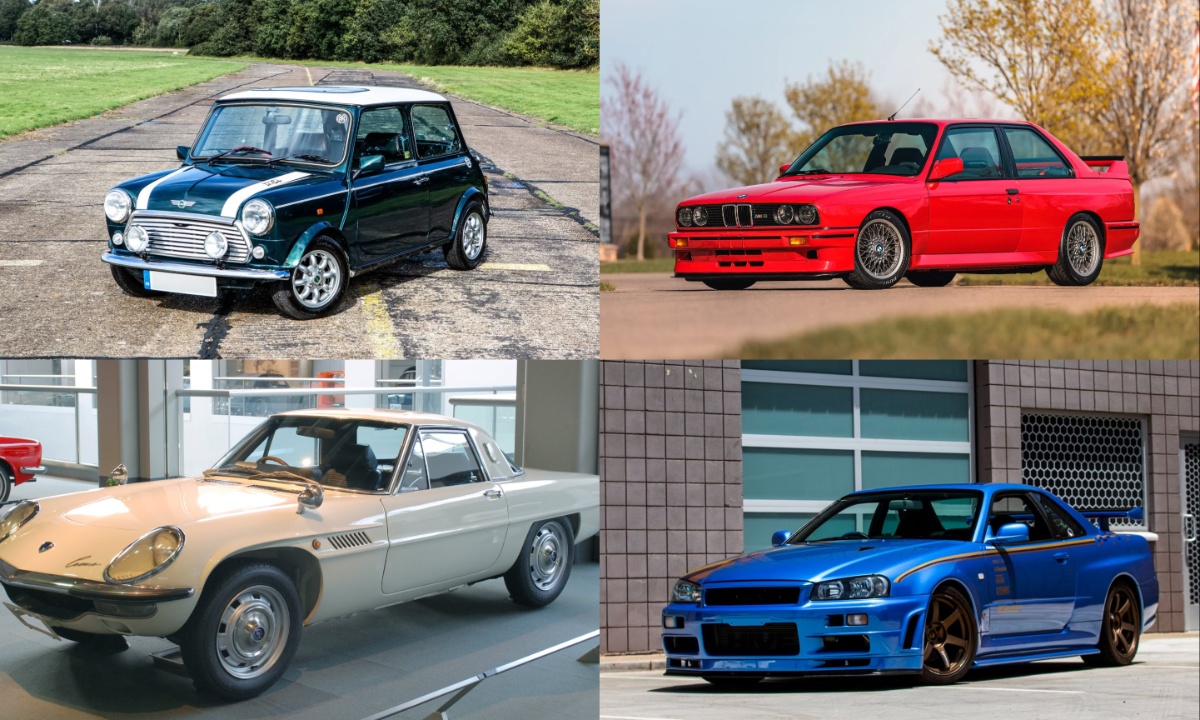European and Japanese auto manufacturers have long produced vehicles that have captured the imaginations of American enthusiasts. However, many of these highly coveted cars, from futuristic supercars to compact city cars, never make it to the U.S. market.
This is primarily due to differences in manufacturing requirements based on safety, environmental concerns, and driving preferences. While some of these cars are designed specifically for the European or Japanese markets, others simply don’t meet the rigorous U.S. regulations.
This article explores several iconic vehicles that have been banned or remained elusive to American car lovers and the legal complexities that prevent their importation.
1. Porsche 959: A Technological Marvel
The Porsche 959 is often regarded as one of the most advanced supercars of the 1980s. Developed for Group B racing, it featured groundbreaking technology like computer-controlled engines, turbos, and traction control.
However, due to its complexity and high cost, Porsche chose not to submit it for U.S. certification. The regulations required expensive crash testing of 120 units, making it economically unfeasible.
As a result, the 959 remained inaccessible to American buyers until the introduction of the “Show or Display” rule, which allowed select cars of historical significance to be imported with restrictions, such as driving less than 2,500 miles per year.
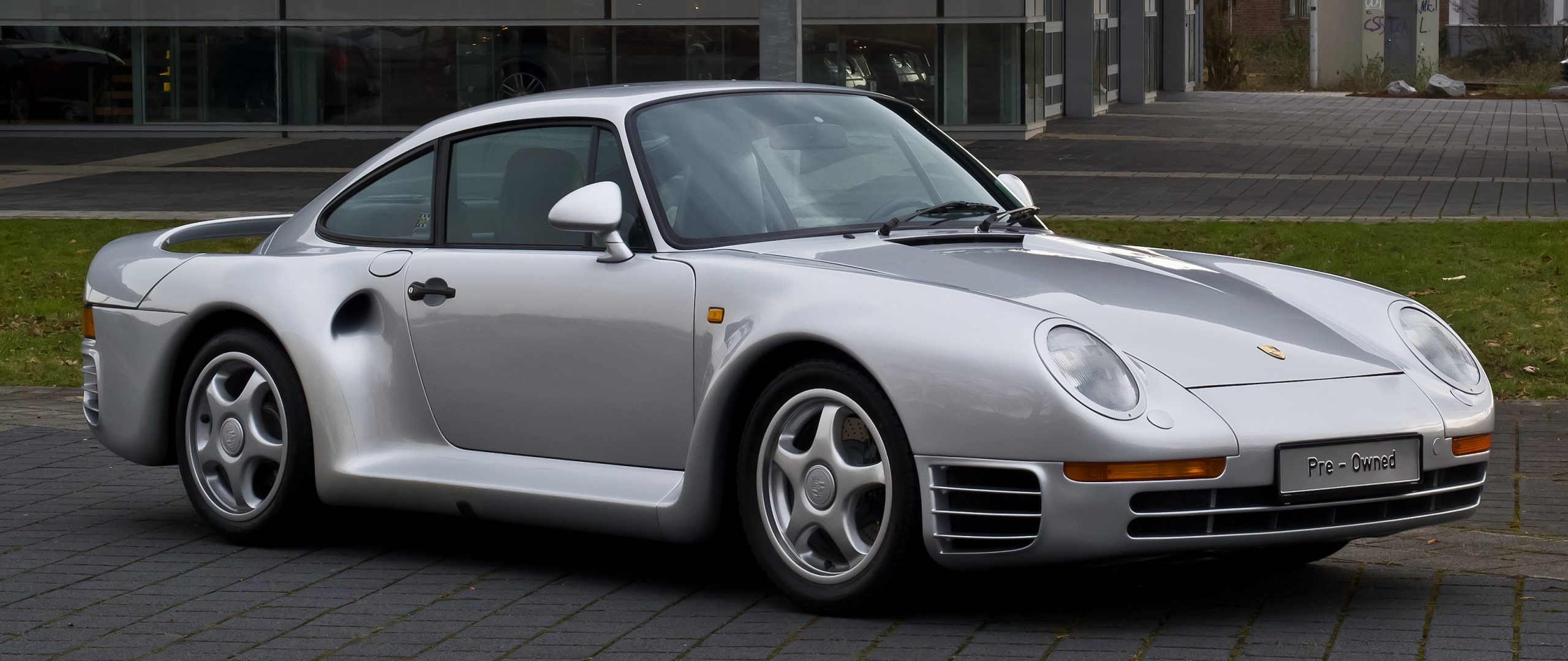
2. Nissan Skyline R34 GT-R: A Legendary Japanese Icon
The Nissan Skyline GT-R, particularly the R34 model, has earned a legendary status among car enthusiasts, thanks in part to its appearance in the “Fast and Furious” films and the Gran Turismo video game series.
However, due to the car’s design and lack of a left-hand drive version, it was not eligible for U.S. importation until recently. As of January 2024, the R34 Skyline GT-R became eligible for importation under the 25-year rule, which allows vehicles over 25 years old to be legally brought into the U.S.
This model, however, continues to captivate enthusiasts despite the logistical challenge of driving a right-hand drive car on American roads.
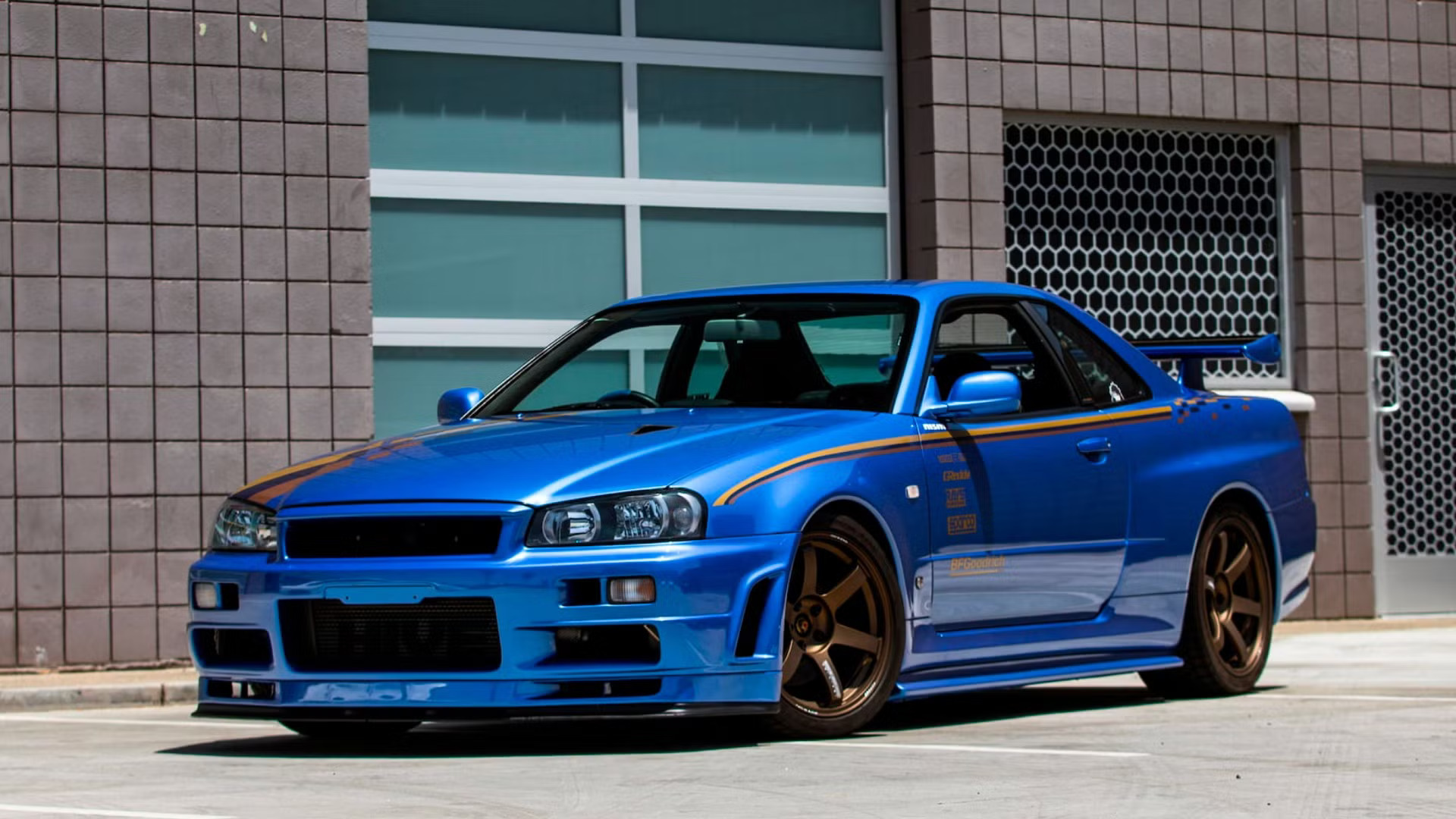
3. Volkswagen Type 1 Beetle: The Classic that Almost Stayed
The Volkswagen Beetle, known for its iconic design, was a long-time favorite among American car buyers. While the Beetle was discontinued in the U.S. in 1977, production continued in Mexico until 2004.
Despite being beloved worldwide, the U.S. had stricter emissions and safety regulations that made it difficult for later models, like those from Mexico, to be imported legally. However, enthusiasts have found a way to import Mexican-made Beetles from the late ’90s and early 2000s, adding some modern updates like a better sound system and improved safety features.
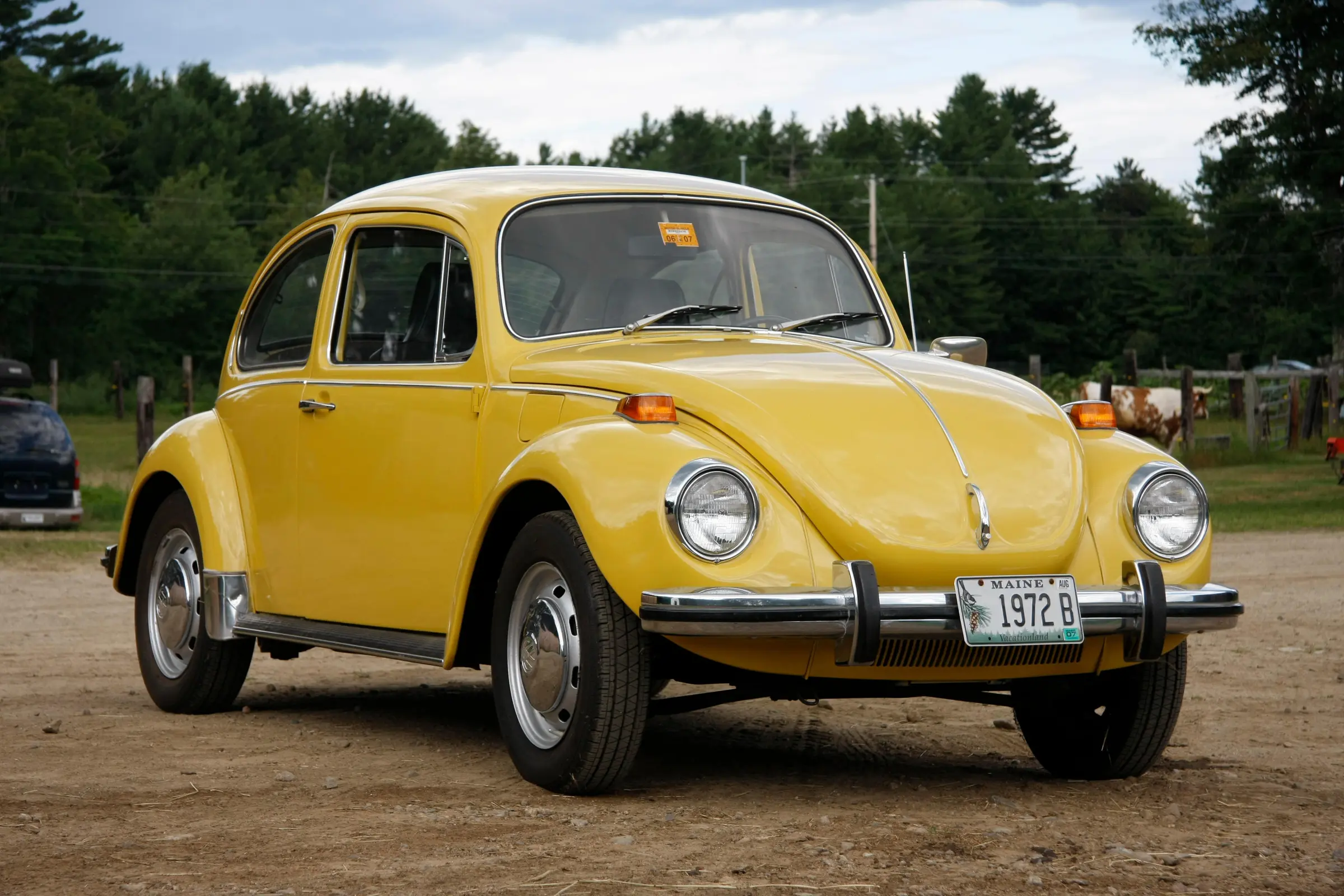
4. Jaguar XJ220: The Supercar That Never Made It
The Jaguar XJ220, one of the most ambitious supercar projects of the ’90s, featured a twin-turbo V6 engine that could reach over 200 mph. Initially marketed as a V12-powered vehicle, it ultimately disappointed some customers, but the XJ220 remains one of Jaguar’s most iconic models.
Due to its limited production (only 281 units), the cost of testing the XJ220 for U.S. certification was deemed too high, meaning only a few units made it to the U.S. under the “Show or Display” scheme. Now that it has been more than 25 years since its debut, this unique supercar can legally be driven in the U.S.
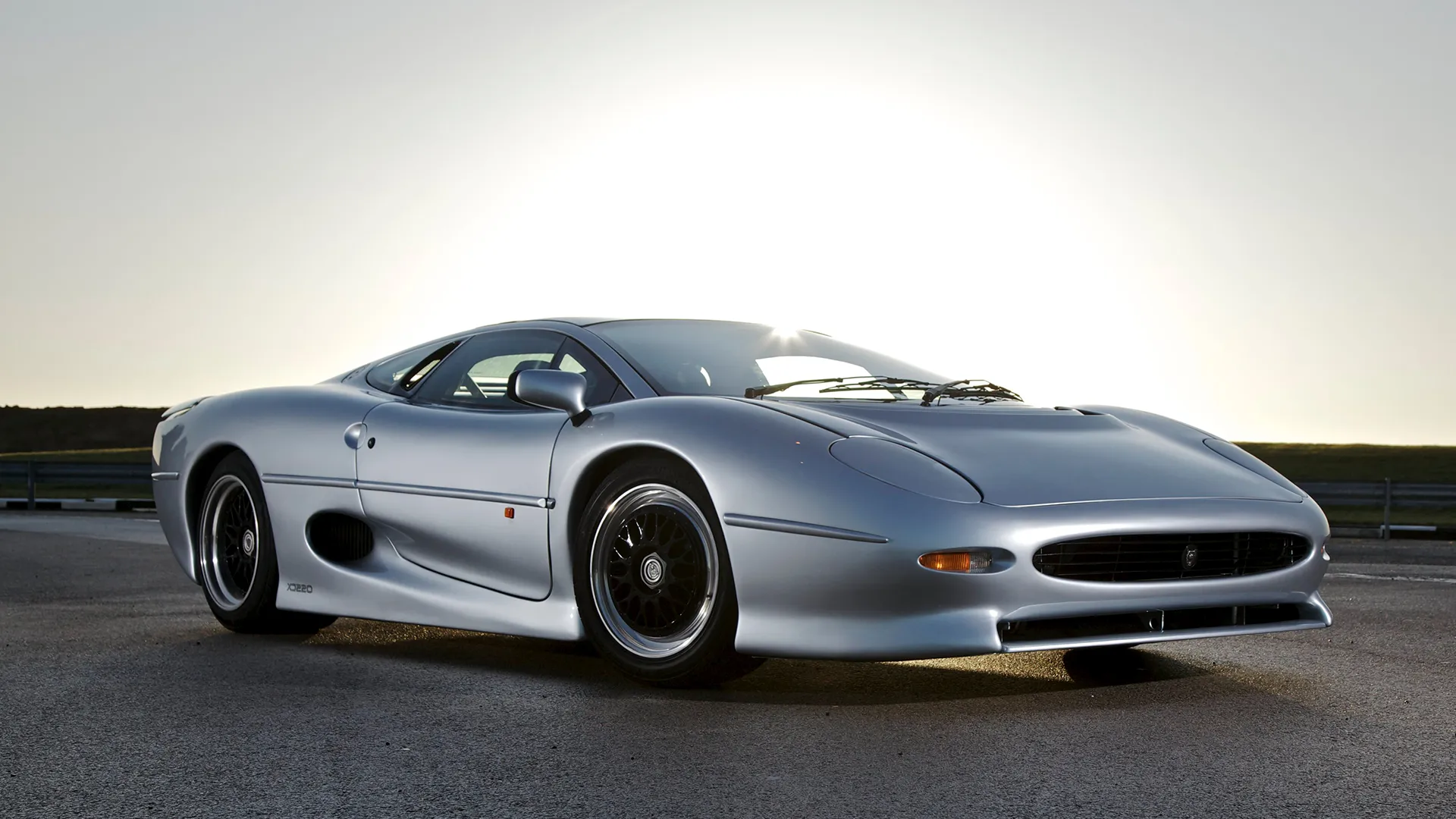
5. Lamborghini Diablo Strosek: A Modified Supercar
Lamborghini’s Diablo was a stunning supercar in its own right, but the Strosek-modified version took it to another level. Featuring unique design elements such as streamlined headlights, modified bumpers, and distinctive side mirrors, the Strosek Diablo stood out as a true one-off.
However, its non-compliance with U.S. safety regulations, especially regarding the headlamps and mirrors, meant that these modified cars could not be imported legally. While some Strosek Diablos may now be eligible for importation, others still have to wait a few more years until they surpass the 25-year mark.
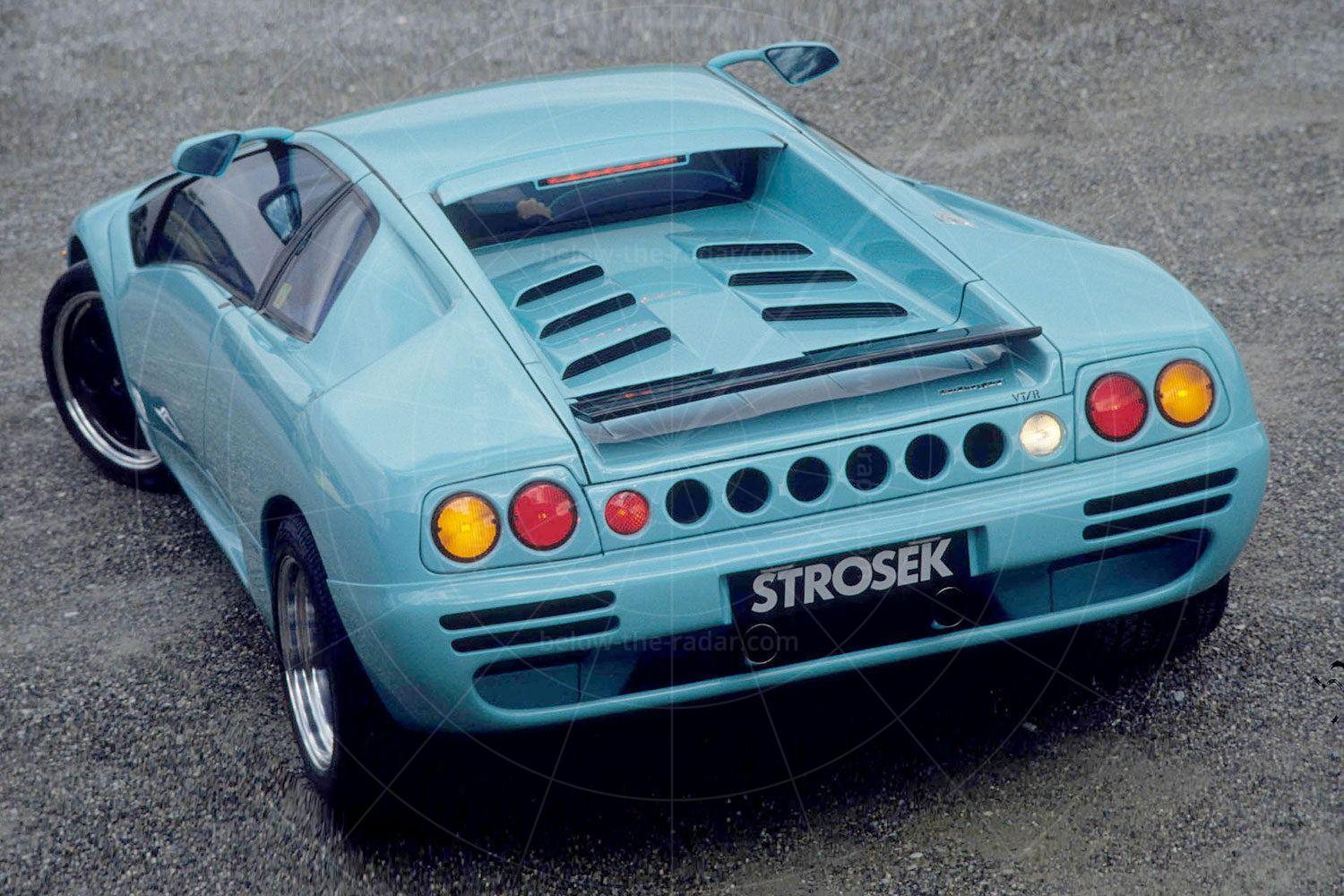
Also Read: Top 10 Fastest Electric Cars That Beat Gas-Powered Cars in Performance
6. Fiat 126P: The Eastern European Favorite
The Fiat 126P was a compact car produced in Poland and became a symbol of automotive life in Eastern Europe. Although it never reached the U.S. market, it gained a cult following due to its iconic design and historical significance.
The Fiat 126P’s small size and limited engine capacity made it ill-suited to American roads and emissions standards, which prevented it from being imported. Despite this, the car remains popular in its home countries, and it gained attention when actor Tom Hanks received a restored model as a gift.
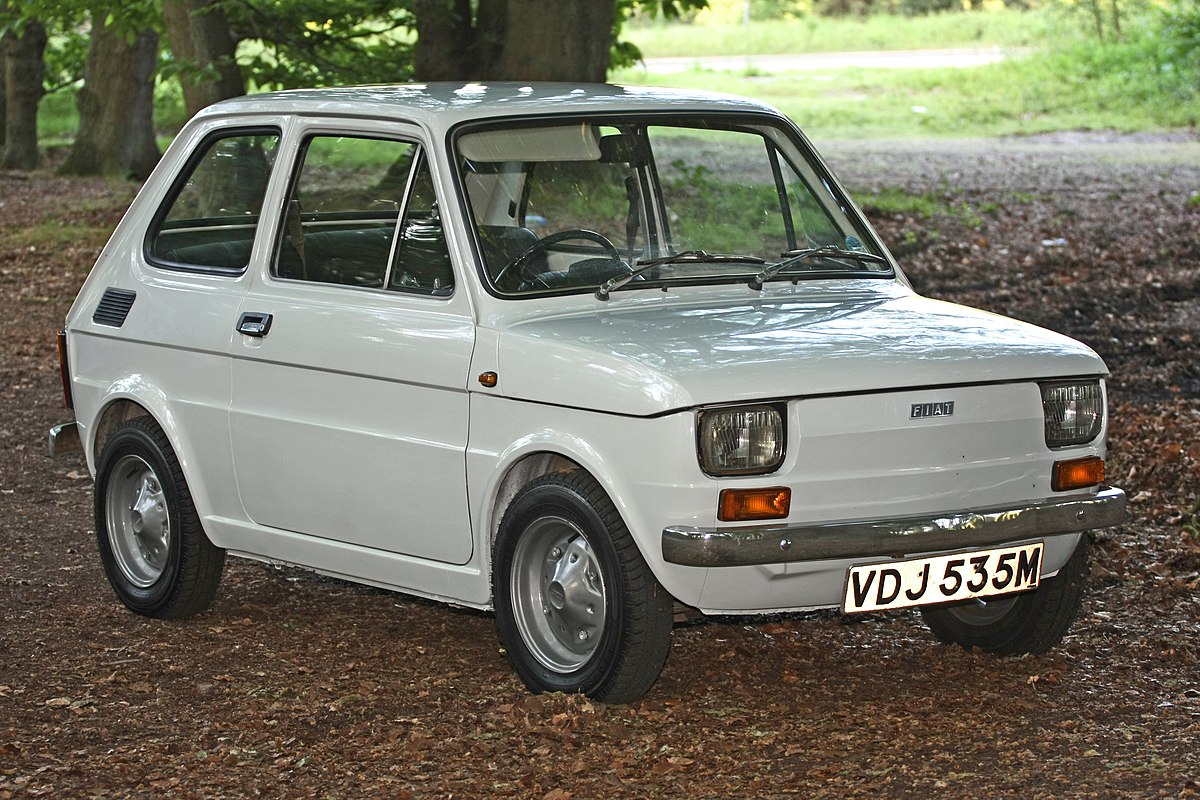
7. BMW M3 Sport Evolution III: A Racing-Inspired Gem
The BMW M3 is known for its performance, and the M3 Sport Evolution III, introduced in 1990, took it to the next level. With enhancements like a 2.5-liter engine and upgraded suspension, this limited-edition model was designed to meet homologation requirements for racing.
However, the U.S. never saw the M3 Sport Evolution III due to its limited production and lack of export consideration. The car’s rarity has made it highly desirable among collectors, and its absence from the U.S. market has only added to its mystique, making it one of the most expensive models in the M3 lineage.
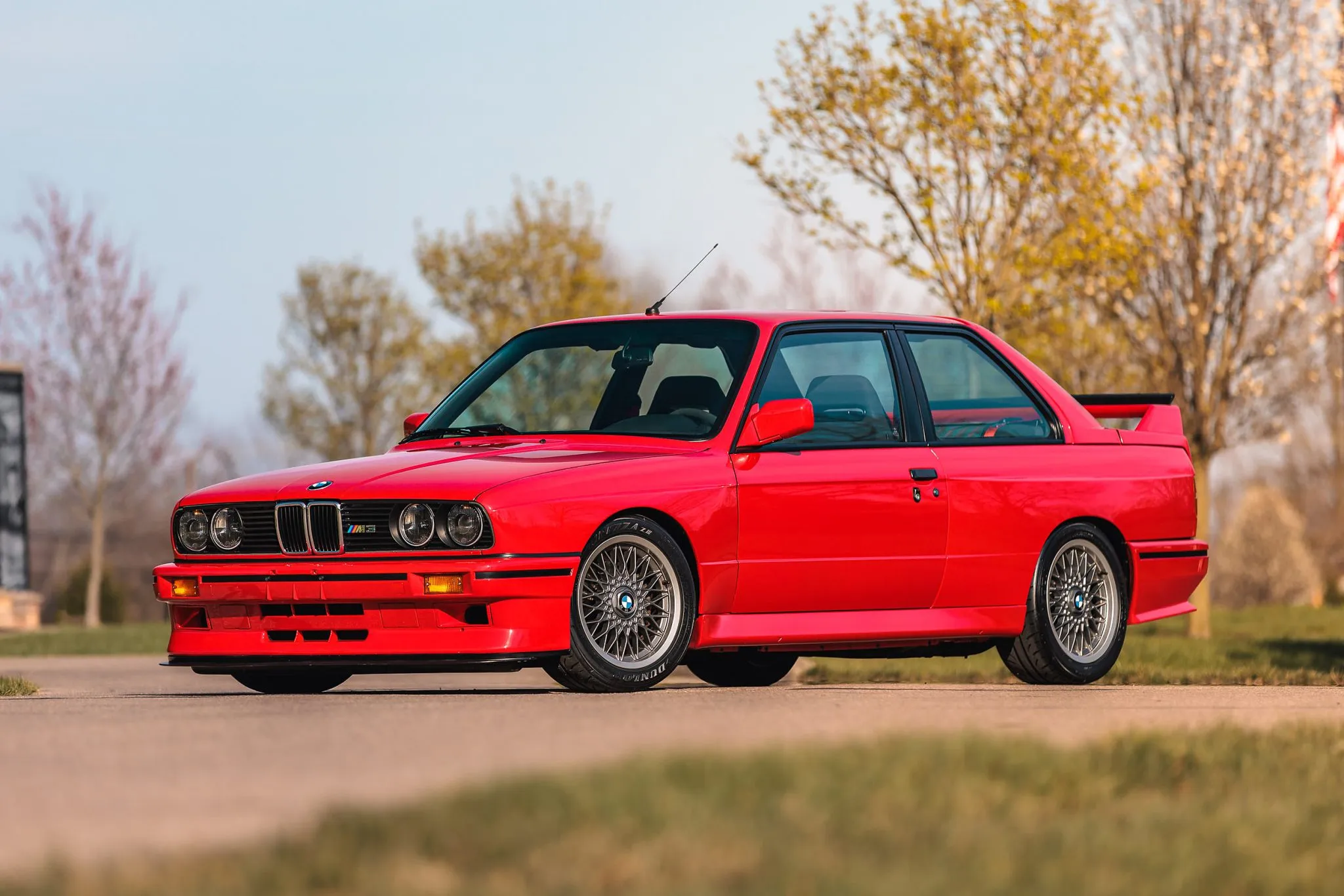
8. Mazda Cosmo: The Wankel Engine’s Finest Hour
Mazda’s Cosmo is one of the most unique cars ever produced, particularly for its use of the Wankel rotary engine. Introduced in 1967, the Cosmo was Mazda’s attempt to showcase the potential of its innovative rotary engine. The car remained a limited-production vehicle available only in Japan, and the U.S. never saw the early versions of the Cosmo due to regulatory concerns and limited availability.
Even in the 1990s, when Mazda introduced the Eunos Cosmo, it remained a Japan-only vehicle. Recent changes to import regulations have allowed the Eunos Cosmo to be imported to the U.S., where it is gaining popularity among collectors.
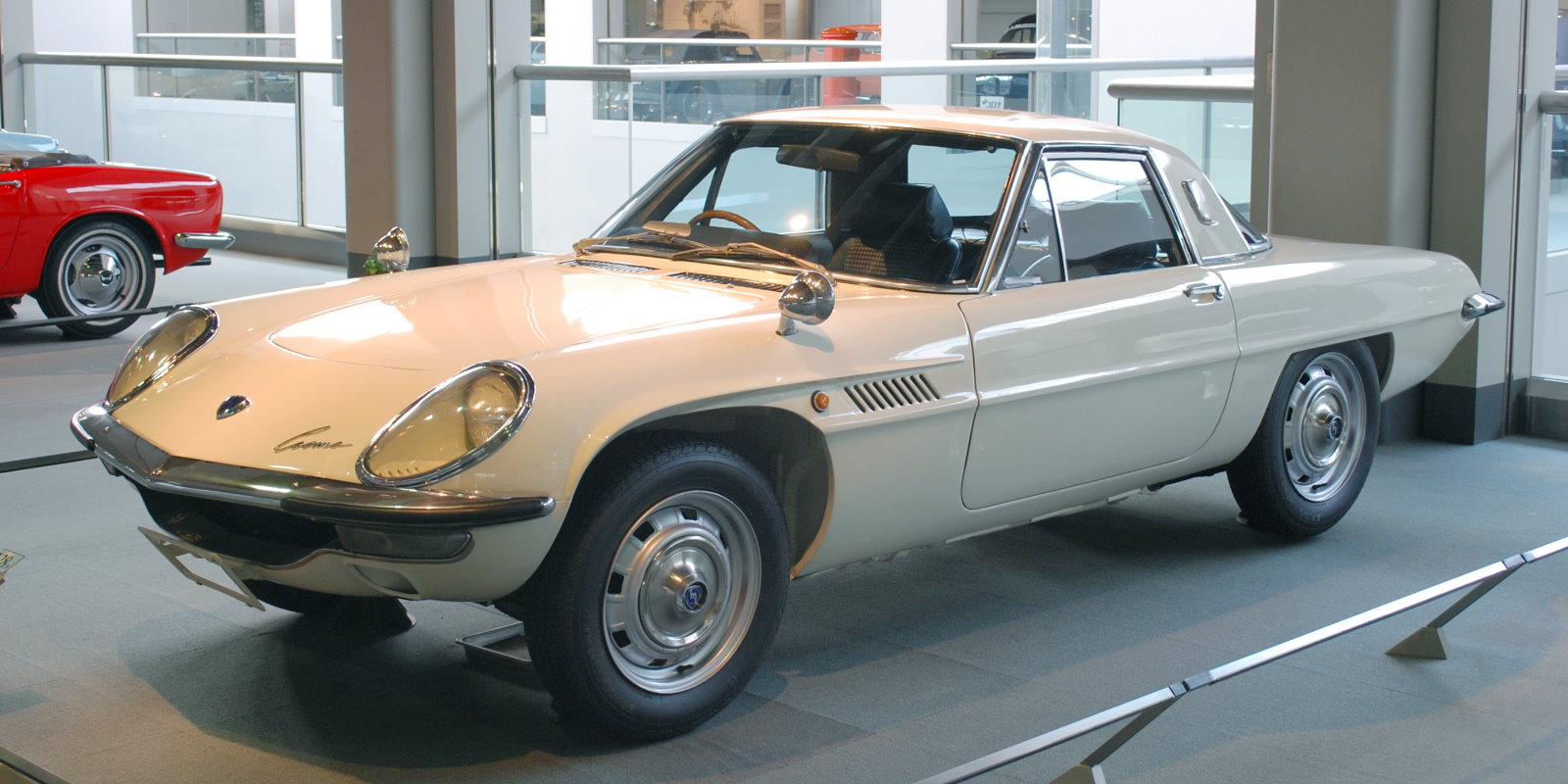
9. Rover Mini: A British Icon Not Meant for American Roads
The Rover Mini, a classic British car that became a global icon, was available in the U.S. from 1960 to 1967. However, the car’s tiny size and unique design made it ill-suited for American highways.
While it continued production in Europe for decades, it remained unavailable to the American market due to regulatory barriers. Despite the end of production in 2000, the Rover Mini has remained a beloved model among enthusiasts. However, U.S. import laws restrict its entry until the 25-year rule allows for older versions to cross the border.
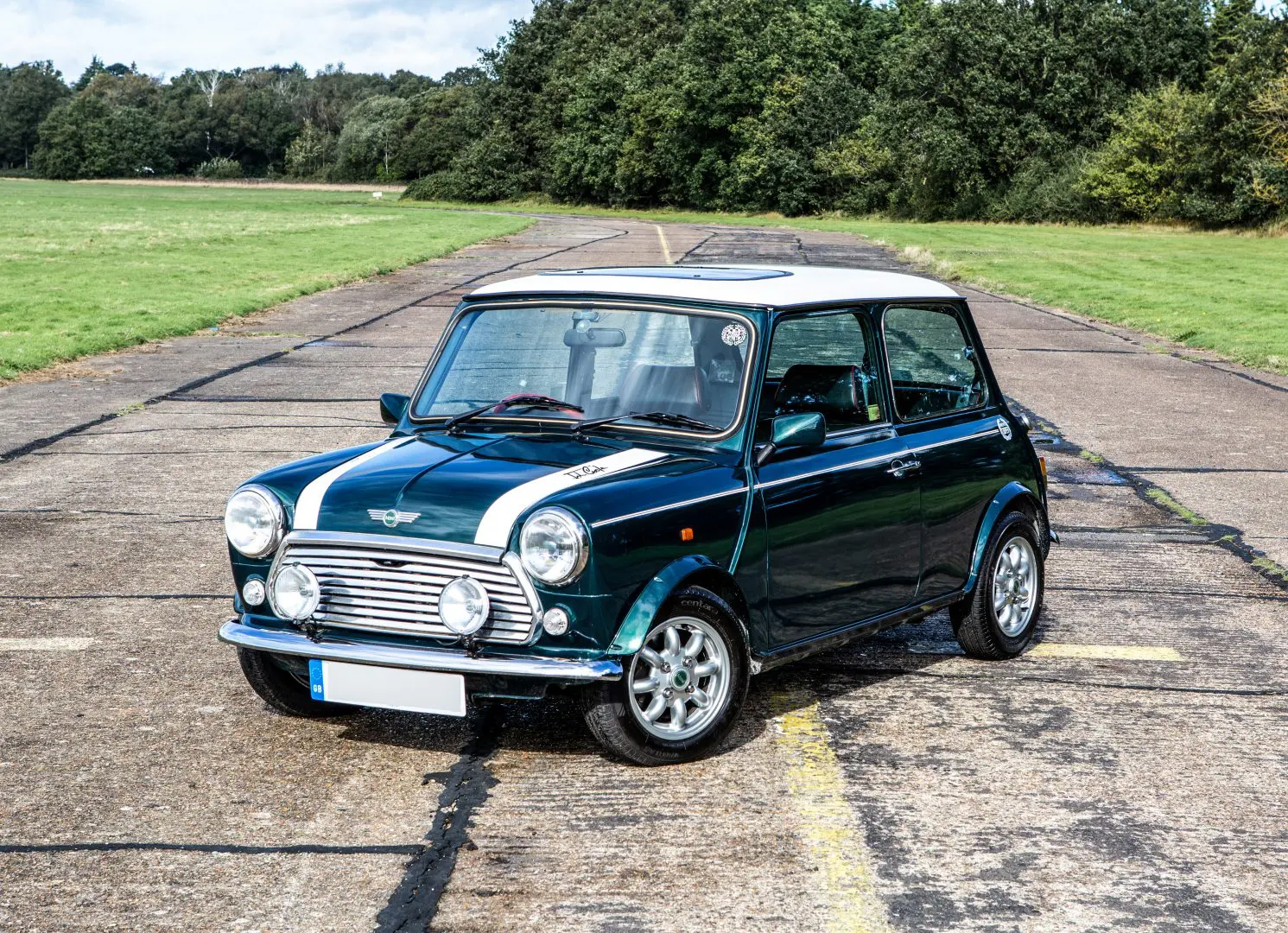
10. Alfa Romeo 8C Spider: A Supercar Too Exclusive for the U.S.
The Alfa Romeo 8C Spider, a stunning Italian convertible, was part of the company’s attempt to re-enter the U.S. market in 2008. However, the 8C Spider did not meet NHTSA safety regulations, and as a result, the car was never legally imported to the U.S.
Despite this, the hardtop version of the 8C Competizione did make it to American shores. After years of deliberation, the U.S. government eventually allowed the Spider version to be imported in 2016, but by then, most cars had already passed the 25-year import window.
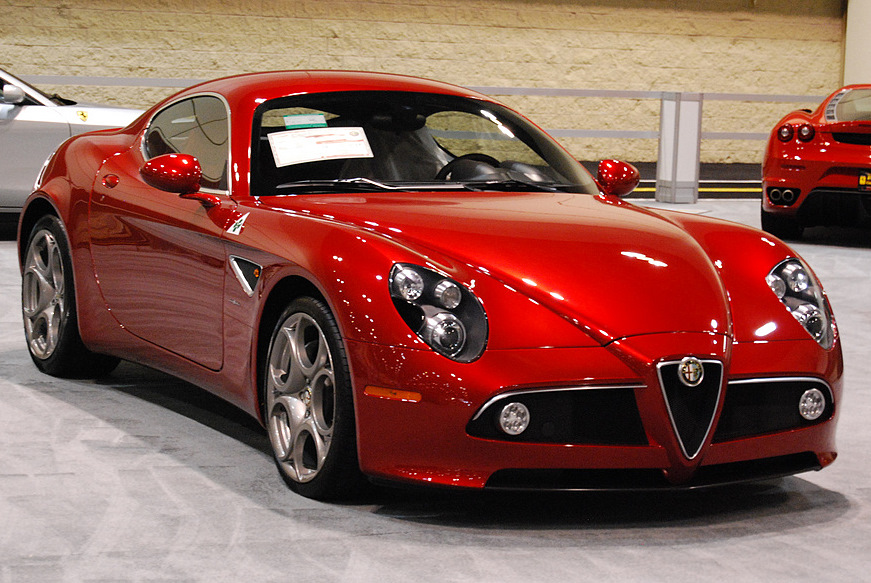
The laws governing vehicle importation into the U.S. have kept many desirable European and Japanese cars out of reach for American enthusiasts. While regulations like the 25-year import rule have helped some models find their way across the Atlantic, many cars remain banned or inaccessible.
These vehicles have become legends in their own right, sought after for their rarity, unique designs, and performance. As the years pass, more of these iconic cars will become eligible for import, giving U.S. car lovers the opportunity to experience a piece of automotive history.
Also Read: 10 Best Performance Hatchbacks You Can Buy in 2025 for Speed, Style, and Practicality

